Must-Have Garden Tools for a Thriving Garden This Season
Discover the essential garden supplies to make gardening easier and more fun. From must-have to nice-to-have, find out what you need!
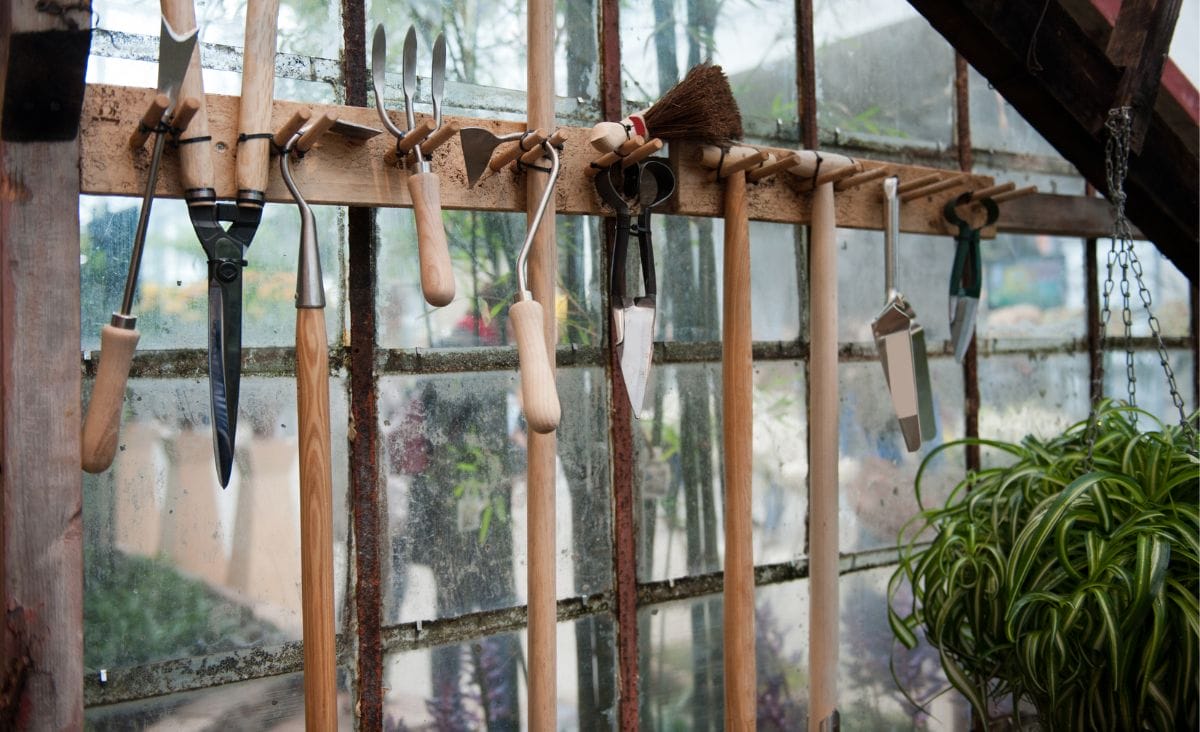
Many people who love gardening cannot wait for the growing season to start. Whether you are a seasoned gardener or just starting out, having the right tools can turn gardening from a chore into a fun activity. So that your garden grows well and brings you joy all year, this post will talk about the garden supplies you cannot do without this season.
Maintaining a garden can be relaxing and fun, or it can be a colossal pain in the bum. It honestly comes down to the tools you have on hand. Having high-quality garden supplies (and keeping them in good working order) will make the season a lot easier and more enjoyable. Having said that, there are a lot of garden supplies you really don’t need. Although they are convenient to have at hand, they primarily serve as one-time investments that occupy valuable space in your garden shed.
Save your money and your space unless you have an abundance of one or both.
Must-Have Garden Supplies
Are you new to gardening and want to know what the most important things are for a successful and fruitful garden? These are a few of my must-have tools and supplies, with tips on selecting the right variety for you:
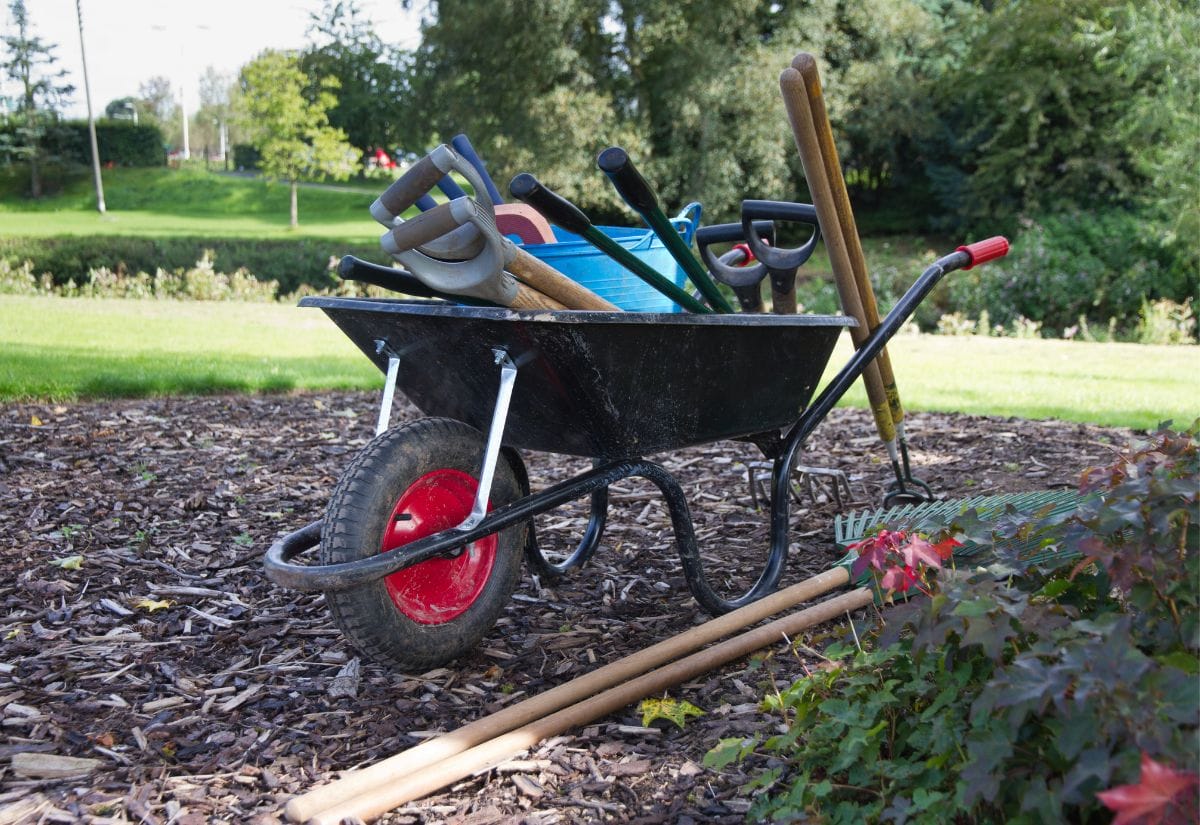
Selecting Your Perfect Shovel
There are a few things to consider when choosing a shovel or spade. The size of the head, the length of the handle, and the types of jobs you’ll be doing. If you are smaller or weaker, you don’t want a large #2-blade shovel because a full load will be very heavy. You may prefer a #1 or a #0. If you’re a tall person, the last thing you’ll want is a short, stumpy shovel. You want the handle length to match your frame.
Speaking of handles, I know fiberglass is all the rage, but a well-maintained wood handle will probably serve you better. They are less prone to breakage, and they can be easily replaced in the event that you do manage to break them.
Finally, consider the tasks you’ll be doing. If you have a small garden, you won’t want a huge shovel blade.
A Weed Warrior: The Stirrup Hoe
Stirrup hoes are perfect for removing weeds from the garden. They certainly can save your back from bending over again and again, plucking out the weeds individually. With both sides being sharp, you can push or pull to cut larger weeds at the surface and pull up tiny, fragile weed seedlings.
Choosing the Right Rake
I suggest two rakes for your garden shed. The first is specifically for the garden. Instead of spending an arm and a leg on a fancy garden rake, get a children’s rake with metal tines. This will allow you to rake out between garden rows. The other rake I suggest is a big lawn rake. The bigger, the better. I like my 31″ leaf rake, and I prefer plastic tines. They tend to be gentler on the lawn.
Wheelbarrows: The Garden’s Workhorse
Whether you’re moving shrubs around the yard, hauling manure and compost, or disposing of garden debris, you need a good wheelbarrow. Steel wheelbarrows are sturdier but more expensive. Plastic wheelbarrows can be fragile, but they’re cheaper and often deeper.
Two wheels or one? Two wheels offer more stability (especially when filling the wheelbarrow). One wheel offers more maneuvering ability.
I have two wheelbarrows because I found it too hard to pick one that could handle all the things I threw at it. One of my wheelbarrows is a steel 6-cubic-foot one with a single air-filled wheel and the traditional two wooden handles for moving large, heavy items. The second wheelbarrow is a poly 4-cubic-foot one with two hard plastic wheels and a metal bar handle for moving garden materials around that is easy to dump.
Selecting a Garden Hose that Lasts
Do not skimp here. I have gone through many cheap hoses, and I promise you, it’s not worth it. Invest in a good hose. Avoid those gimmick hoses like the expandable hoses and coil hoses (seriously, do you know how easy it is to get caught up with all those coils???). Choose a rubber or rubber blend with brass fittings. I also suggest 3/4″ over 1/2″ because the repair parts are more common and therefore less expensive.
Protecting Your Hands in Style
Everyone has been going on and on about those Badger gloves with the built-in claws. I haven’t tried them myself, but they look funky to me. Maybe they are the best thing to ever happen to gardening. I’ll let you decide. Personally, I prefer a nice set of stretchy gloves that are somewhat waterproof on the palms. The lighter the weight, the better.
A Pail for Every Purpose
My pail actually isn’t a pail; I think it’s supposed to be a bucket for putting drinks in during a party. I got it for about $5 in the Walgreens clearance section. I managed to track it down on Amazon for you, but I’d check out your local Walgreens or Dollar General if you have one because it might be cheaper. The size holds a lot of weeds, but it’s not unmanageable. Plus, mine is lime green, which makes it easy to spot when I’ve abandoned it somewhere in the garden and I can’t remember where.
A Trowel for Every Task
Some trowels come with a grippy handle, and I really prefer these ones. I’m a bare-handed gardener most of the time (you know, connecting with the earth and all), and the smooth-handled ones can cause blisters. You’ll also want a curved handle. I don’t know why those flat ones are on the market. They’re basically useless. You go to scoop up a mound of soil, and it slides right off. It doesn’t need to be a big curve, but enough to cup the dirt.
Folding options and ones with teeth on the sides are a waste of money, in my opinion. Keep it simple and cheaper. This trowel is perfect, and it’s less than $10.
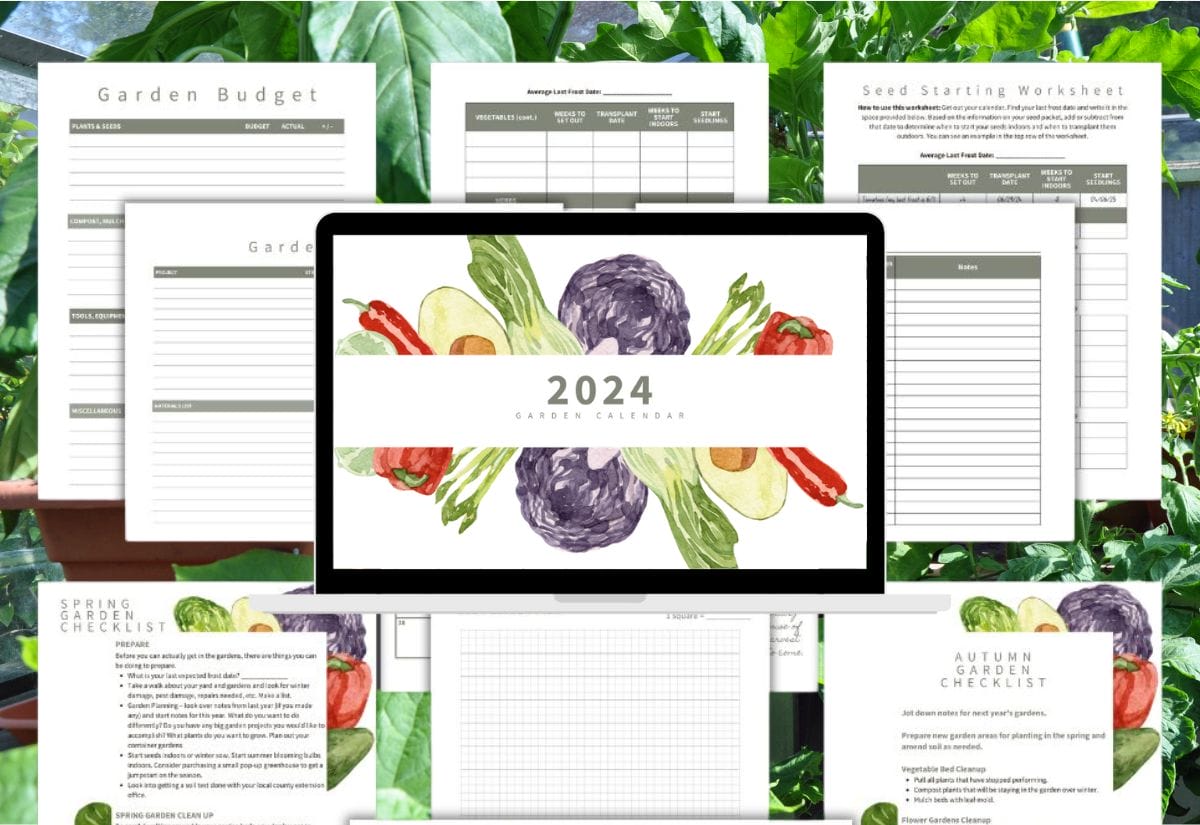
A Homesteader’s Garden Planner
Your go-to tool for creating a thriving homestead garden is The Homesteader’s Vegetable Garden Planner, which I created. With monthly calendars, seasonal checklists, budget tracking, and project management features, this printable planner provides everything you need for a successful growing season.
Nice-to-Have Garden Supplies
Although you are not required to have these supplies, they can unquestionably make your gardening experience more enjoyable.
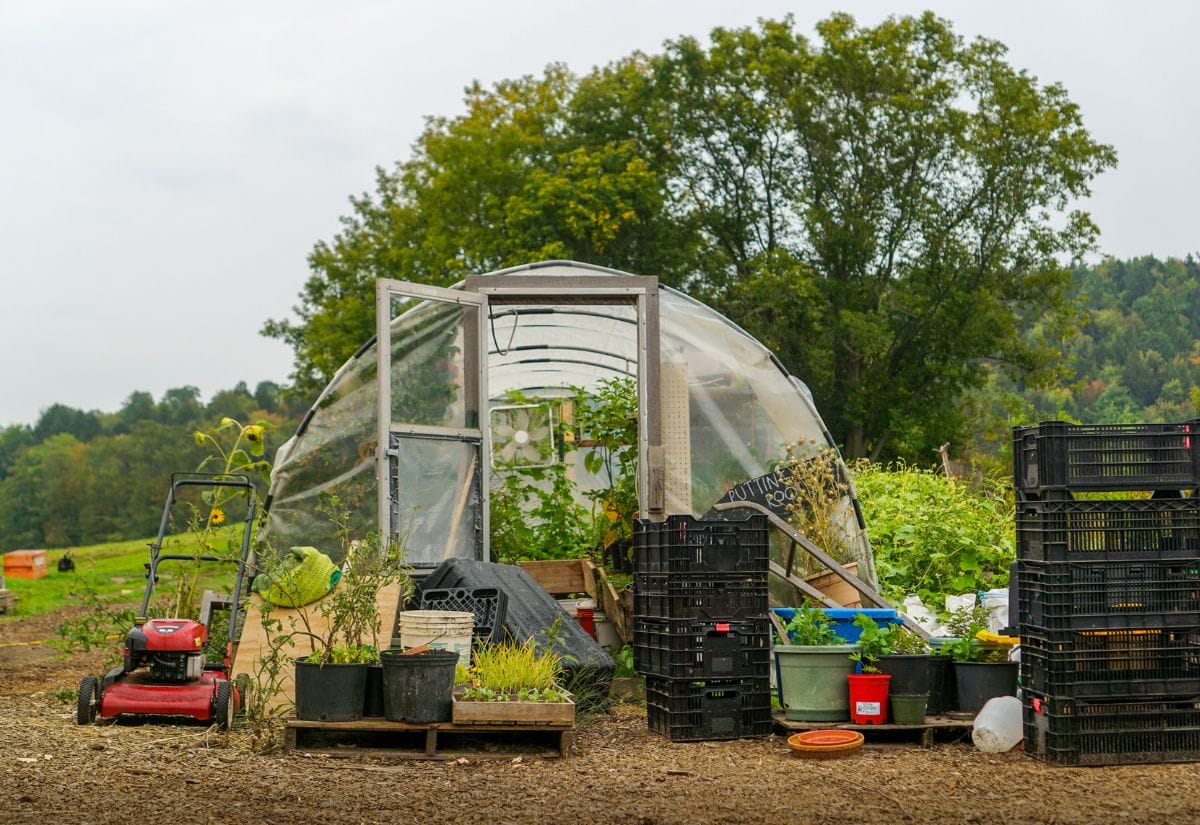
Unearthing Potential with a Rototiller
I’m generally a no-dig girl because I choose to use the Back to Eden technique, but sometimes a rototiller still comes in handy. It’s almost a must-have item to grow root vegetables here in Maine.
If you’re working in an established garden, you can often go with a cheaper and more lightweight front tine tiller. If you have really hard soil or you’re establishing a new garden, you may need a heavier rear tine tiller.
Simplifying Watering with Drip Irrigation
I’m not going to lie; I invested in a drip irrigation system, and I have a love/hate relationship with it. I like that it cuts down on water consumption in the garden as well as the ease of use—just turn on the spigot, wait a bit, and then turn it off.
What I don’t love is that it has to be set up every spring, which requires advanced plant planning, and it needs to be pulled up every fall so water doesn’t freeze in the lines during the winter. Sometimes you have a second crop going into the ground in the summer, and working around the hose can be a pain.
Harnessing the Power of the Wheel Hoe
I was given a single wheel hoe,and it sat in the shed for a few years before I finally took the time to Google it and figure out what it’s used for. It’s actually handy for a lot of jobs, such as creating furrows and hills for crops, loosening compacted soil, and stripping weeds around delicate plants. Sort of a Swiss Army tool for gardens. It turns out they can be very pricey for a manual tool. Thankfully, they are a common tool in New England, so you might find one hiding in the back of a barn, long forgotten.
Tip: Transform your wheel hoe into a multi-purpose tool by attaching a narrow blade for precision weeding between plant rows, offering a versatile solution without the need for multiple specialized tools. This simple modification enhances efficiency and saves space in your gardening toolkit.
A Compost Turner: Turning Waste into Gold
As we discussed in the Composting Guide for Beginners, there are several types of composters available if you want to upgrade from a standard pile. Capacity is a big part of the decision regarding which one to choose.
Creating a Thriving Greenhouse Environment
Choosing a greenhouse can be difficult. There are a lot of things to consider, so the greenhouse suits your needs. It’s too much to fit in here, but you can find out everything you need to know about moving a portion of your garden—figuratively of course—right here.
Caring for Your Garden Supplies
When you’re going to be frequently using a tool, a simple spritz under the hose when you’re done with it will suffice for maintenance. If it will be a while before you use the tool again, it’s wise to hose the tool off before putting it away or cleaning it off with a stiff wire brush. Mineral spirits can remove gunk that may have accumulated on your garden supplies. A couple of drops of oil can keep moving parts moving with ease.
Always hang your tools up when they aren’t in use. Yes, if you came by my homestead, you would see rakes and shovels propped up all over the place. Do as I say, not as I do. Moisture from the ground can shorten the lifespan of your supplies, and it increases the risk of rust.
A whetstone can be used to sharpen pruning shears, the edges of shovels, and the sides of trowels. I like to sharpen my tools in the spring when I get into gardening gear, but the ground is still frozen, and again in the fall just before the big harvest happens.
With proper care, your garden supplies should last your lifetime. If you find old supplies at a yard sale or someone offers you some of their old tools, a little TLC can easily restore them. Garden supplies are a great investment for your homestead.
Frequently Asked Questions About Garden Tools
If you’ve found value in this blog post and enjoyed reading it, why not share it with your Pinterest community? Pin the image below and spread the love!
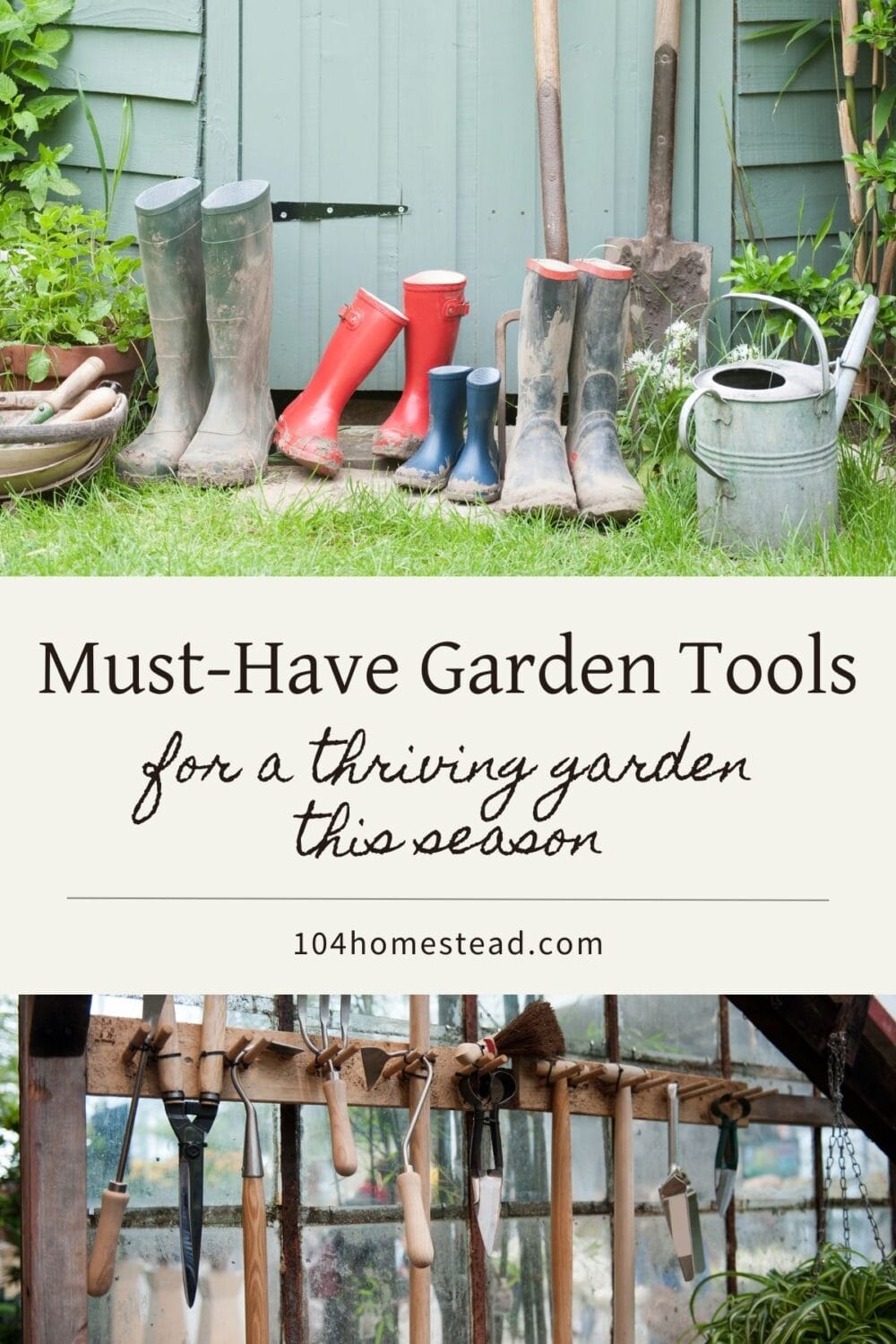
Having the right garden tools is crucial for a thriving garden. By selecting tools that match your gardening needs, maintaining them properly, and organizing them efficiently, you can enhance your gardening experience, making it more enjoyable and less of a chore. Remember, the best garden is one that reflects the care and thought put into it, starting with the tools you use.
Which garden tool do you find indispensable, and why? Share your gardening tips and tricks with us in the comments below!
